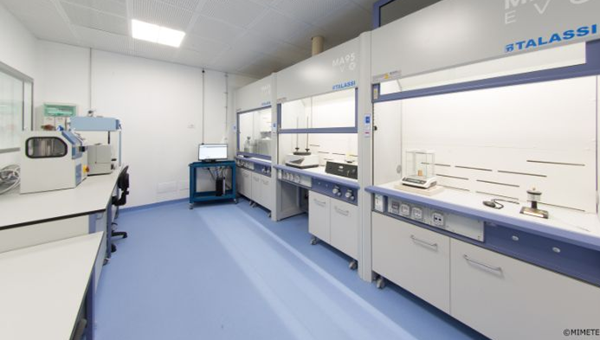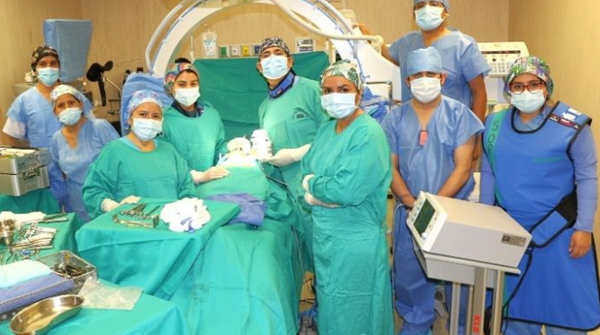3D technology is now essential for planning and carrying out complex surgical procedures, providing doctors with high precision to meet the challenges they encounter. In surgery, particularly in particularly delicate procedures such as spine surgery, 3D printing can produce precise replicas of the affected anatomical areas. This approach can facilitate more accurate planning and help reduce the risks associated with these procedures. The growing success of these technologies is pushing more and more hospitals around the world to adopt them. Recently, according to Mohou.com,The General Hospital of Jaén, Peru, takes a step forward and will3D printing is integrated into its surgical procedures.
Jaén Hospital has become used in complex surgeriesPioneer in 3D printing, first intervention of this type in the region. The patient suffered severe spinal cord trauma, resulting in severe vertebral displacement that threatened his spinal cord. This requires extremely precise intervention to avoid irreversible damage. This operation therefore highlights the importance of 3D printing in delicate surgical interventions.
The medical team was involved in the surgical procedure and its planning.
Benefits of 3D Printed Spine Models in Hospitals
3D printed spine reconstruction allows surgeons to plan and perform surgical procedures with high precision. The 3D model is designed from computed tomography (CAT) images to provide an accurate replica of the patient’s anatomy. The team, specialized in research in radiology, tomography and 3D printing, played a key role in the success of the process.
3D printing not only provides surgeons with a physical representation of spinal injuries, but also allows for precise planning of device implantation. During surgery, the model serves as a guide for the placement of screws and stabilizing devices, essential for realigning the vertebrae and minimizing the risk of complications. The advantages of this technique include shortened operating time and reduced postoperative complications. In addition, this allows the surgical technique to be adapted to the specific anatomy of each patient.


This intervention at the Jaén Hospital illustrates how the integration of new technologies can help overcome surgical challenges and make surgery safer. After surgery, the patient is transferred to the recovery room, where rehabilitation begins a few weeks later. Fifteen days after the operation, he left the hospital with a follow-up plan and regular check-ups for the next six months, demonstrating an encouraging recovery.
Source: Chinese 3D Printing Network
Daguang focuses on providing solutions such as precision CNC machining services (3-axis, 4-axis, 5-axis machining), CNC milling, 3D printing and rapid prototyping services.

















